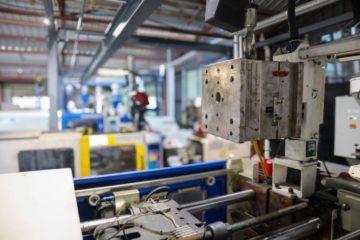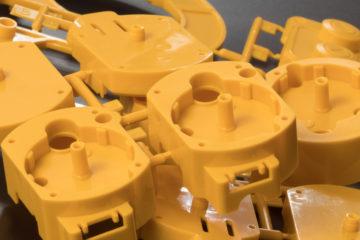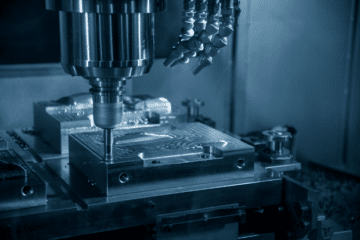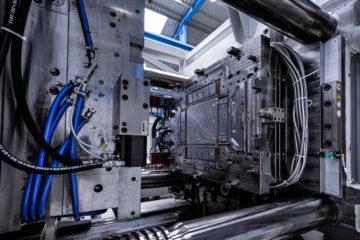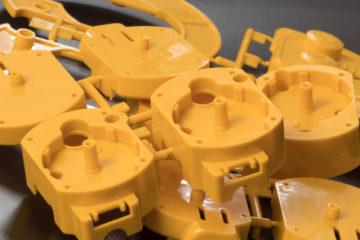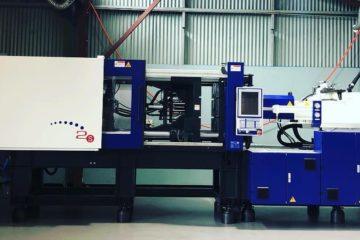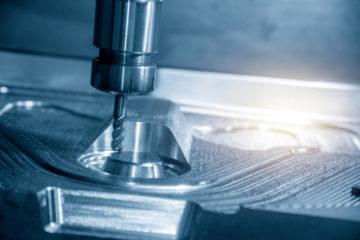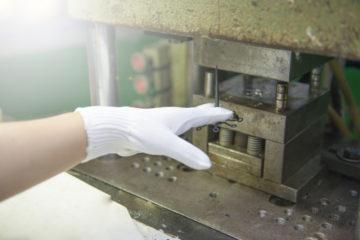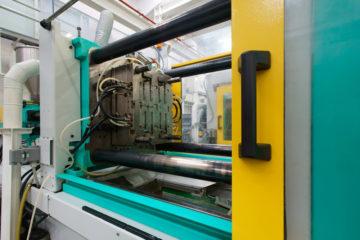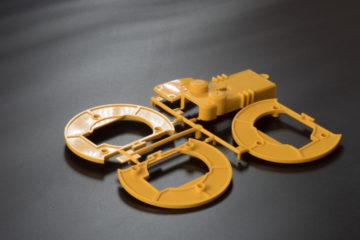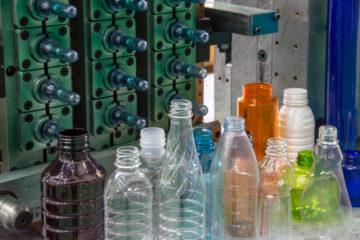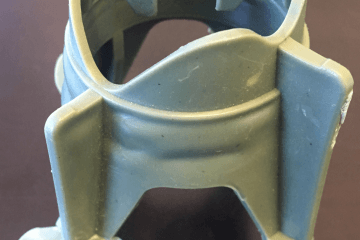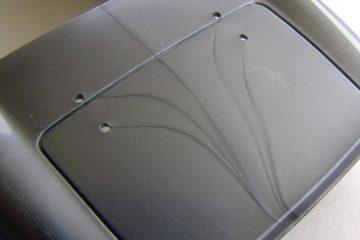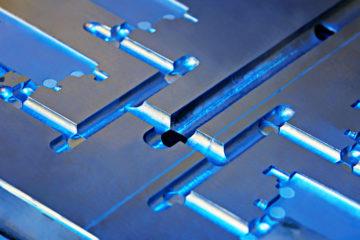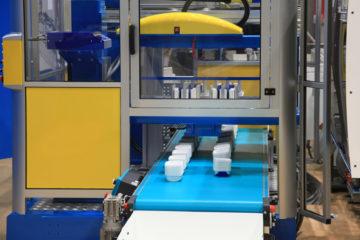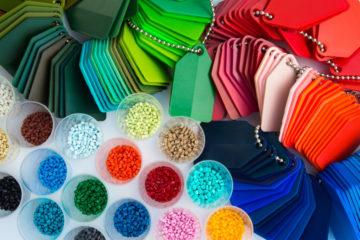Injection moulding is an efficient and effective way of producing quality goods. The process is simple in concept, but intricate details can have big impacts on costs, particularly on large production runs.
The final unit cost of an injection moulded part is dependent on vast number of variables. Rather than write a book about it (there are already many), we have covered the three largest cost drivers here.
Part design
Let’s be clear, this is not the design to make the part do its job. In the costs sense, a superior design is one that meets the specification as efficiently as possible.
From the outset a good plastics designer will look at how to reduce both upfront and overtime costs for production, because designing a part to do a job is one thing. Designing a part to be cost effectively injection moulded is another.
The direct drivers of upfront unit cost are covered below, but during the design process many things must be taken into consideration. For maximum efficiency, a part will be designed with consideration for end use case, materials, transport, client budget, production volume, tooling production and manufacturing running costs from the very beginning.
Designs that do not address these will allow cost creep. High reject rates, slow delivery times and extra labour are just some of the hidden costs that spring from poorly designed parts. This is not considering transport and packing costs; a superior design will account for space requirements when in storage and shipment.
Good part design reduces the costs of plastic moulding dramatically. However, design takes time. It is an investment you make in the success of your product.
Tooling
The tool is the machine which is placed in an injection moulding press, and is filled with hot plastic making your part. You can think of like a vehicle. There are many designs of vehicles like sedans, SUV’s, trucks, bulldozers and so on. Is a sports car better than a bulldozer? Well, that depends on whether you need to build a road or win a race on one.
Injection moulding tools are custom made, and their costs depends on what you want them to do. If you need to produce a very large volume of parts, you need a large tool. It will cost more, but each part can be moulded for less based on this investment. If you need a complex part, it must be made in a complex tool (you use the design phase to decide if you can do the job best with one complex part or a few simple ones).
The saying “You get what you pay for” also hits home particularly hard in tooling. Cheap moulds require more maintenance and break faster. A quality one is more likely to run trouble free, meaning no repair costs and unforeseen bottlenecks in production.
Unit Cost
This is the cost of each individual part you make. In an ideal world, the unit cost is something you work out before you begin the entire process. How cheap do you need to make the part to sell it at a sustainable profit? The answer will allow the designers balance 3 things. These are Material, Cycle Time and Labour.
Material is how much plastic is in each part. Less is better, as you will buy less plastic. However, your part still must be up to the job and up to customers’ expectations. Balancing the material in a part against its cost is one of the key parts of part design.
Cycle Time is how long it takes to make you part in the mould. Injection moulding is a repeating process, so how fast you can close the mould, fill it with plastic, cool it down, open the mould and eject the part is critical. Cycle time is often the largest individual factor in a parts cost. Cycle time is generally determined by the shape and size of your part, but there are many tricks plastic designers can play to make an apparently large part cycle quickly.
Labour is how much time a manufacturing worker will need to spend on each part. Some parts are ready as soon as they are ejected from the mould. Others require multiple cleanup stages and post processes to ready them for market. Creating a part that needs as little post work as possible requires practice and skill.
Taking time to consider your needs will bring you a worthwhile return on your investment. Insisting on good part design, quality tooling and focusing on an affordable unit costs are the 3 easier factors to control when trying to create a successful product.
If you’d like to know more about plastic injection moulds and the processes behind them, get in touch with us here.
Subscribe to Our Newsletter
Get the latest news from Dienamics into your inbox







